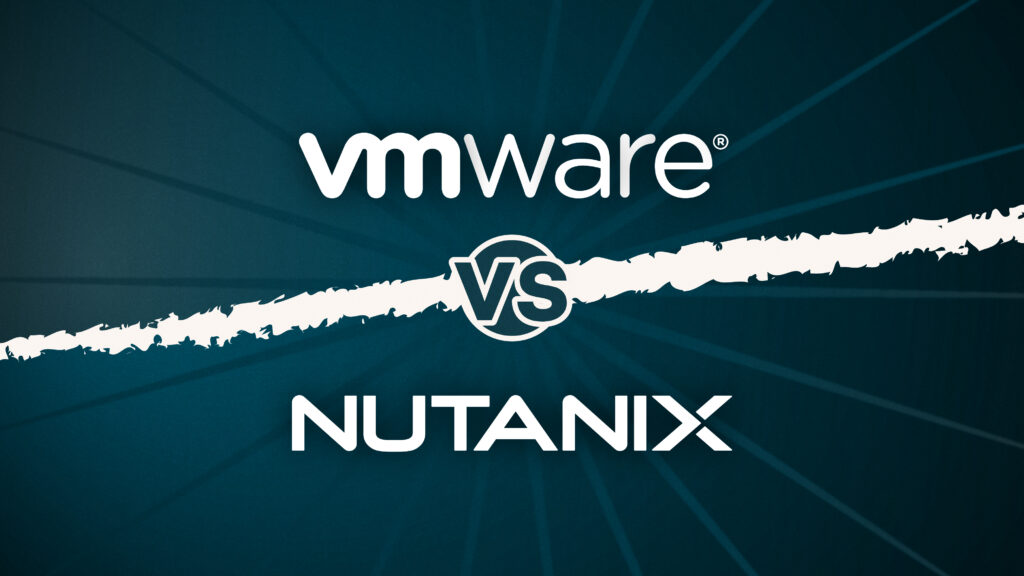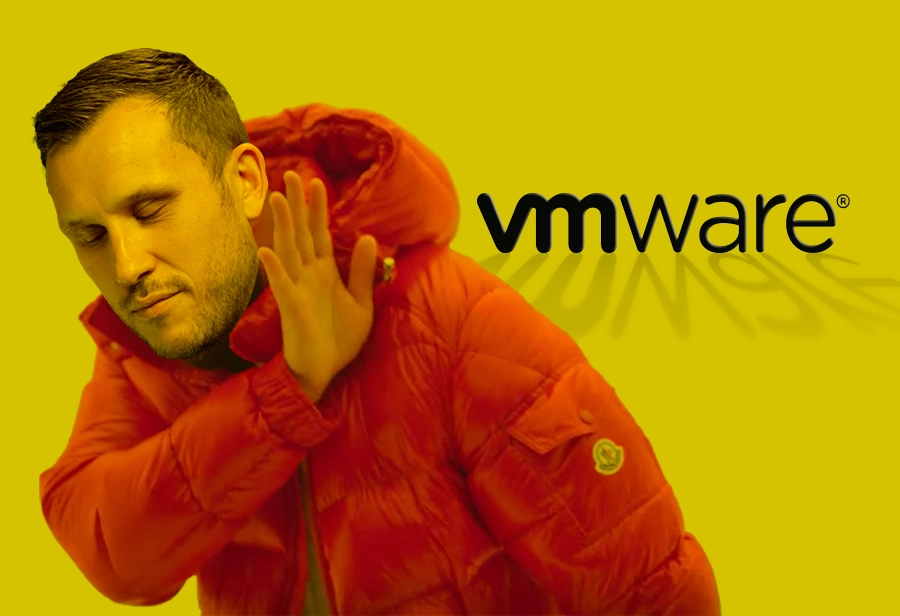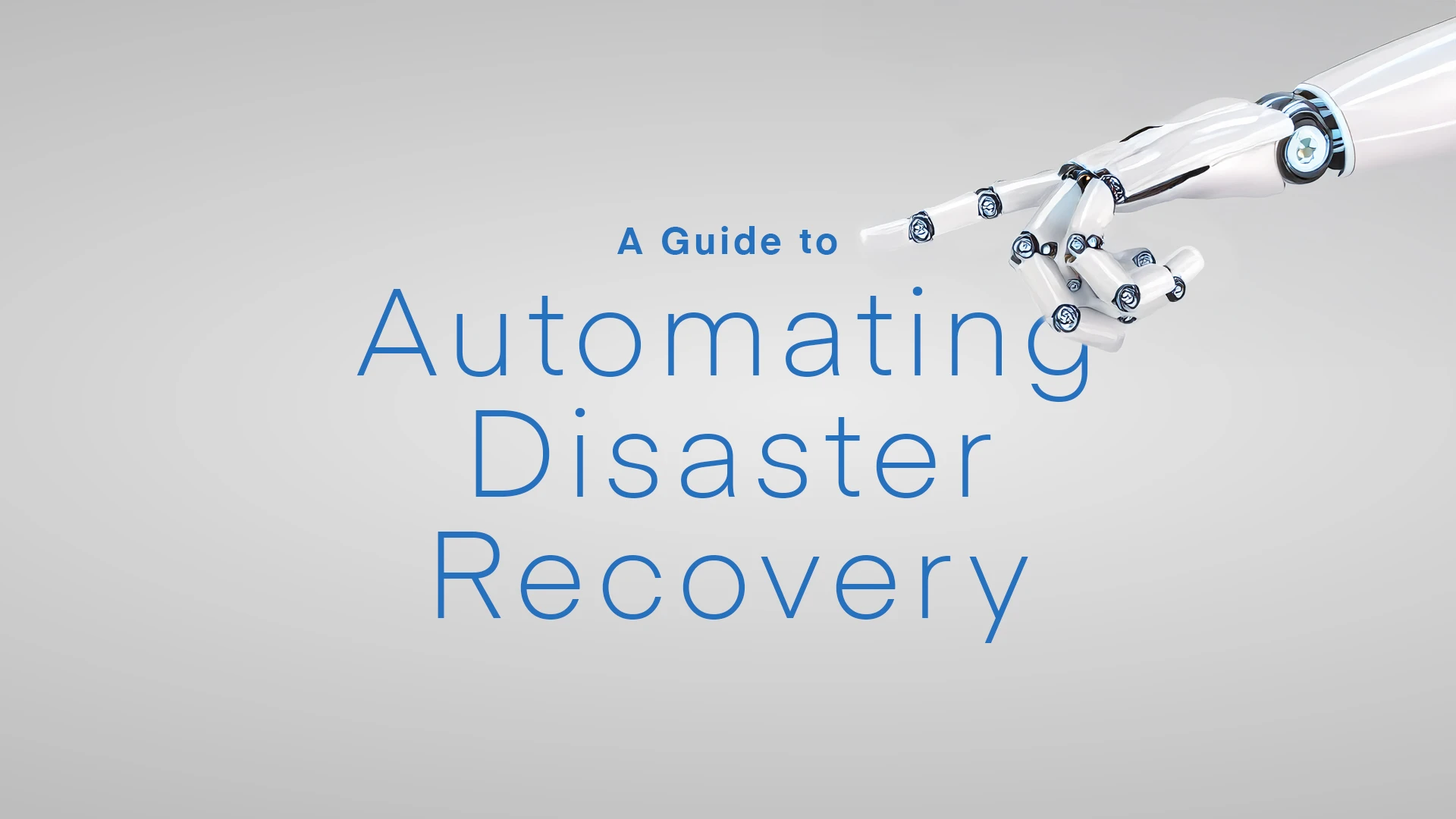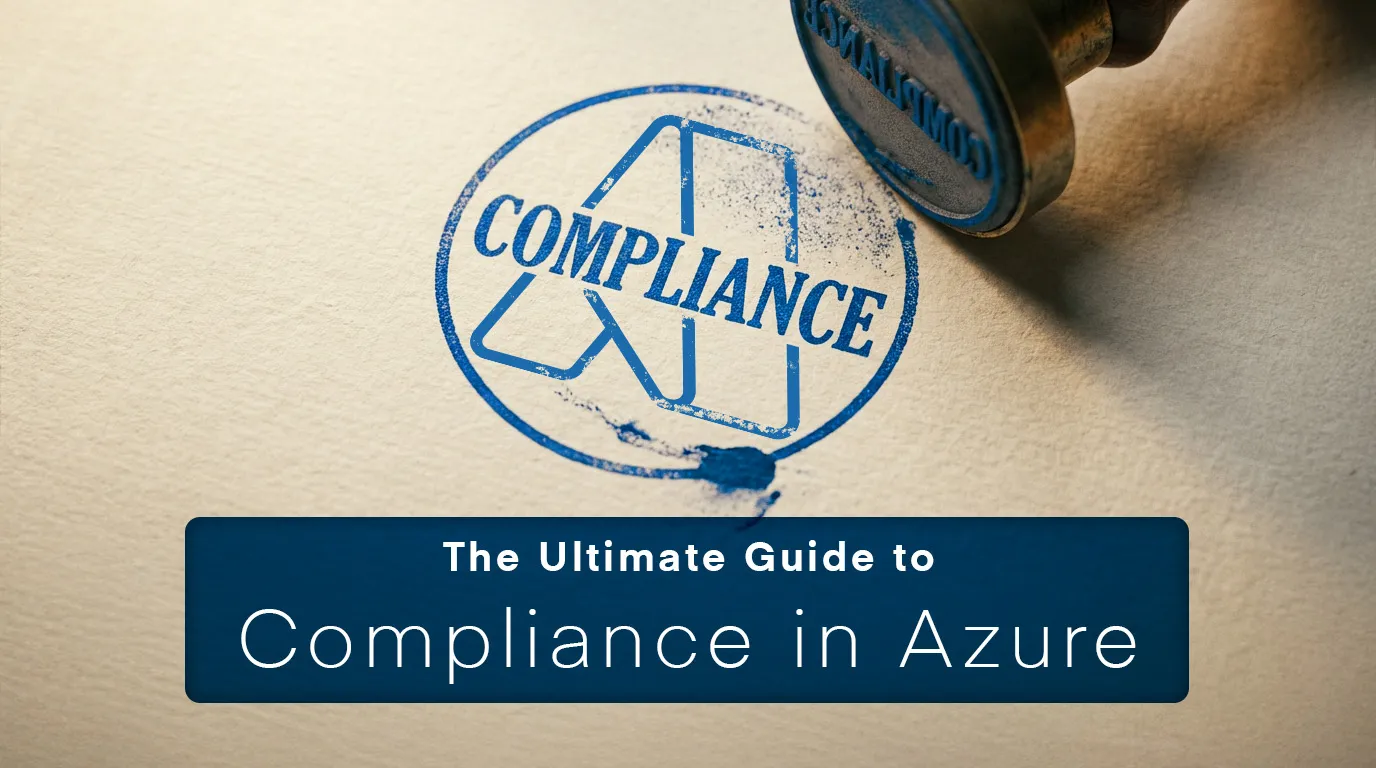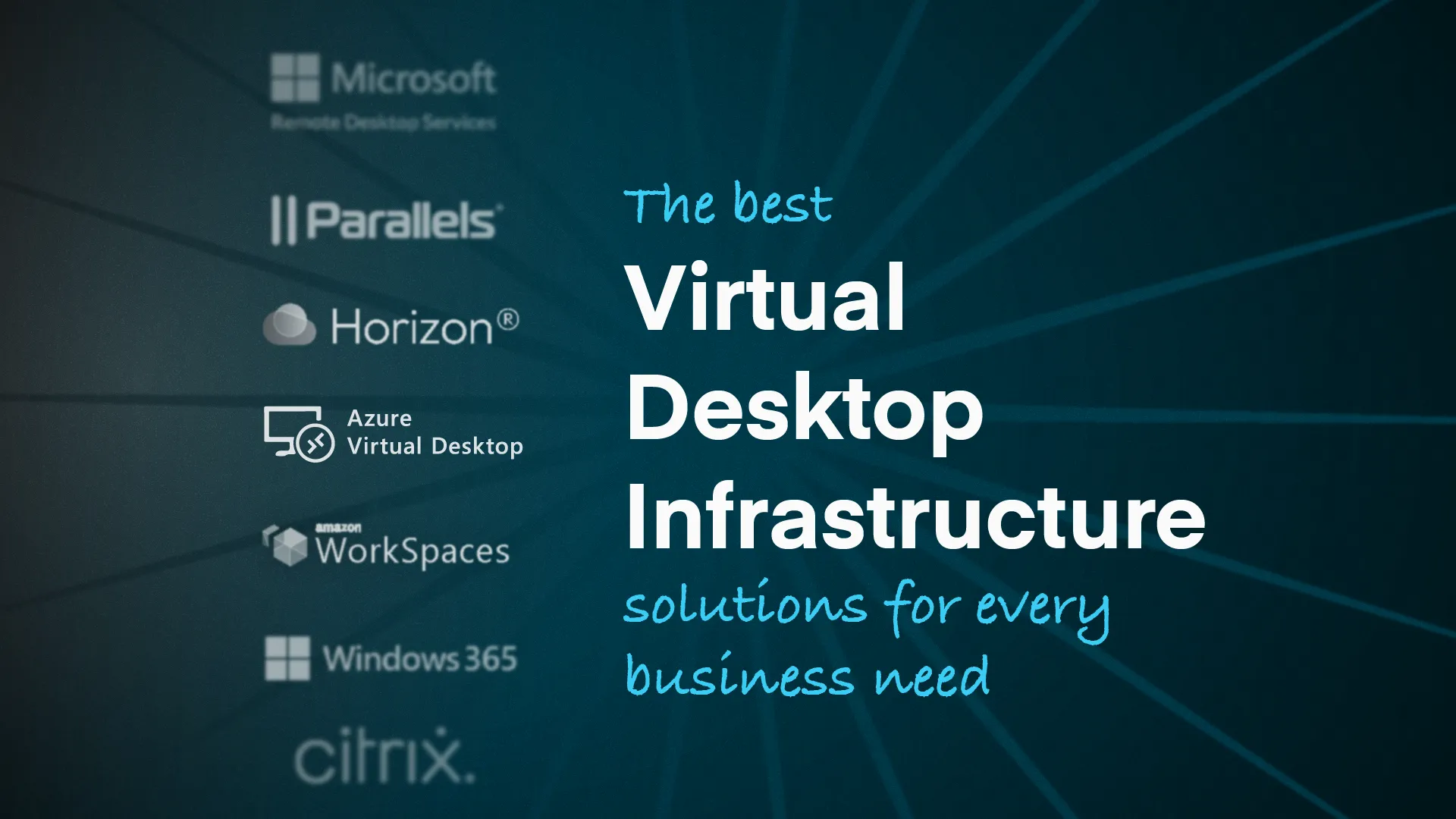Hyperconverged infrastructure
VMware offers HCI through VMware vSAN, which works alongside vSphere to create a software-defined data centre. This solution requires separate management tools and can involve more complexity when setting up and scaling.
Nutanix was built from the ground up as an HCI solution, with a unified platform that integrates computing, storage, and virtualisation in one system. This approach often results in easier deployment and management.
Management and simplicity
VMware uses vCenter as its primary management console. While powerful, vCenter can be complex, especially as your environment grows. Tasks like upgrades and monitoring might need more manual intervention or separate tools.
Nutanix offers Prism, a user-friendly interface that provides one-click management for virtual machines, storage, and networking. The dashboard is quite intuitive, so you can perform updates, manage workloads, and monitor performance easily.
Cost considerations
VMware typically uses a per-CPU or per-core licensing model, which can lead to higher costs when scaling up infrastructure. Larger environments may see costs rise quickly as each new server or virtual machine adds more licensing fees.
Nutanix often offers node-based or capacity-based pricing, making costs more predictable, especially if you plan to scale by adding extra nodes. This model can be more flexible for those with limited budgets or those who need to plan costs ahead.
Storage capabilities
VMware traditionally relies on SAN (Storage Area Network) and NAS (Network Attached Storage) systems. These might need more work to integrate with other storage types or to handle certain workloads outside standard VMs.
Nutanix is built around software-defined storage, combining storage and computing on the same hardware. This approach eliminates the need for separate storage networks and offers more flexibility in how you scale up resources.
Scalability
VMware offers solid scalability options, but expanding your infrastructure might involve more planning, including storage and network expansion considerations.
Nutanix is designed for easy scalability, allowing you to add new nodes with minimal effort. The system automatically handles data distribution and workload management as you expand.
Performance
VMware’s performance depends largely on the underlying hardware and can be optimised for specific workloads, but might suffer from latency if storage arrays are busy.
Nutanix typically offers lower latency since storage is close to the applications on each node, potentially resulting in better overall performance for many workloads.
Security and networking
VMware uses NSX for software-defined networking, offering extensive network virtualisation capabilities and strong micro-segmentation for security.
Nutanix provides Flow for application-level micro-segmentation and Acropolis for unified management of networking, compute, and storage resources.
